Human Bite Force Is Stronger Than Our Distant Mighty Cousins Orangutans
Humans, as it is said, have relatively weak jaws that can’t inflict or withstand high bite forces. Some have suggested that we...
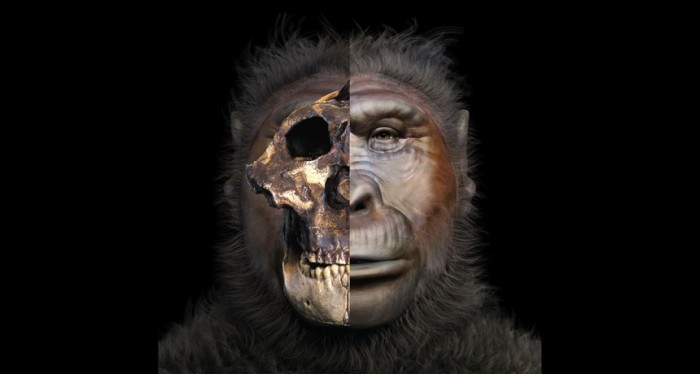
Humans, as it is said, have relatively weak jaws that can’t inflict or withstand high bite forces. Some have suggested that we are adapted to eat foods that aren’t very tough, or that our use of tools and cooking has lessened the evolutionary pressure on maintaining sturdy jaws. Some have even suggested that our weedy jaw muscles made way for our large brains and thus facilitated their evolution. But according to researcher Stephen Wroe, all of these explanations have a fatal flaw – our jaws aren’t weak at all. They’re actually remarkably efficient for a primate.
Humans Have A Practically Sufficient Bite Force Of 150 PSI
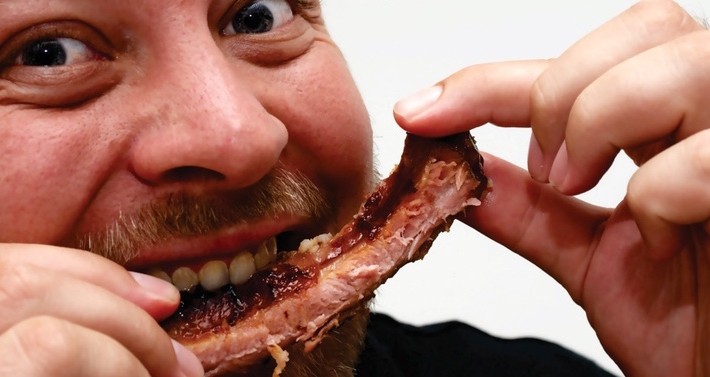
The biting force value of normal teeth of 770 human subjects was measured by electric resistance strain gnathodynamometer. 365 were males and 405 as females. Their ages ranged from 13 to 49.
The results showed that the biting force value of males is larger than that of the females. In the males, the biting force value of those aged 13-16 gradually increased with age, and the maximal biting force values of the incisor, bicuspid, and first molar of all the males were 43.3 kg, 99.11 kg, and 120.66 kg respectively.
Our 2nd Molars Alone Can Exert Up to 1300 Newtons Of Bite Force, That Is More Than The Mighty Orangutan
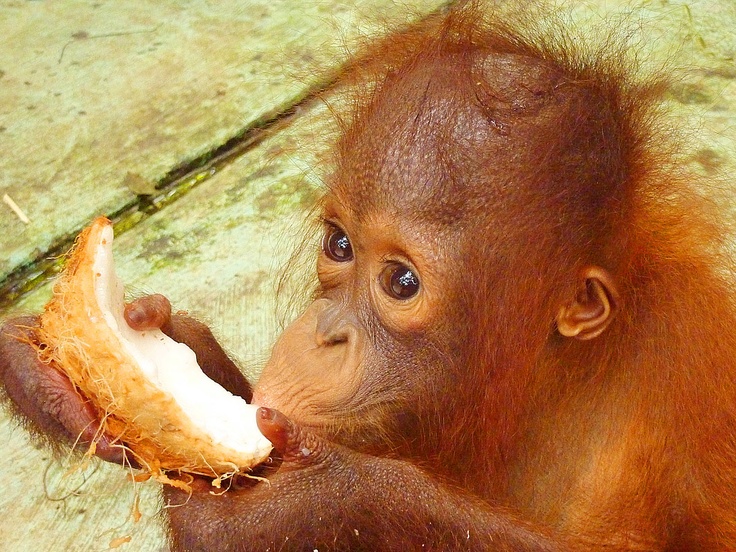
Our second molars can exert a bite force between 1,100 and 1,300 Newtons, beating the orangutan, gibbon and Australopithecus but lagging behind the gorilla, chimp and Paranthropus. These forces are roughly what you’d expect for a primate of our size. We’re never going to bite with the sheer power of a Megalodon, or the predators that Stephen Wroe usually studies, but we’re no slouches when compared to closely related species.
Human Bite Force Was Once Similar To That Of Sea Otters, Which Is Twice As Tough For Modern Human
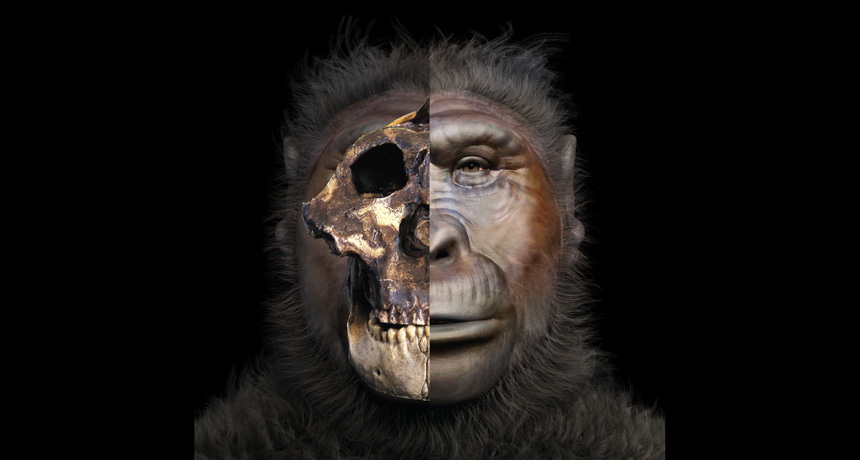
Researchers in Germany and the US studied the structure of tooth enamel and they found that the crystal structure of sea otter teeth is similar human fossils of Paranthropus Boisei, who for their large and sturdy teeth were nicknamed “Nutcracker Man”.
Findings suggest prehistoric humans like Paranthropus boisei that lived one million years ago had a far more powerful bite than modern humans, it may help anthropologists work out what human ancestors once ate.
Sea otter teeth are almost three times as tough as those in modern humans.
Also, Low Intensity Biting In Humans Is Considered A Mild Form Of Sadomasochism
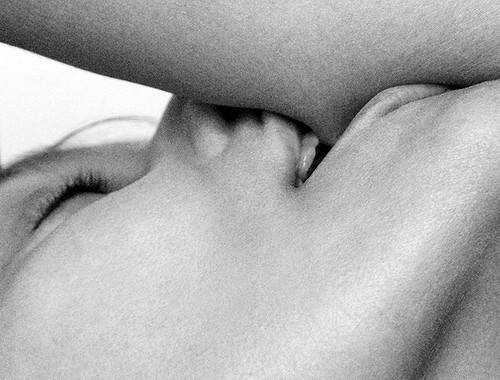
Odaxelagnia is a paraphilia involving sexual arousal through biting, or being bitten. Odaxelagnia is considered a mild form of sadism. Alfred Kinsey studied Odaxelagnia, reporting that roughly half of all people surveyed had experienced sexual arousal from biting.Odaxelagnia has associations with vampire lifestyles, but does not necessarily involve bloodletting.
Popular Posts
What Is Trypophobia – A Disgust More Than Fear
"I can't really face small, irregularly or asymmetrically placed holes, they make me like, throw up in my mouth, cry a little bi...
Chandan Roy
16 Interesting Facts About Ambidextrous People
A lefty or left-handed uses his left hand more naturally and dominantly than the right hand. And the righty or right-handed is o...
Ethan Stephans
20 Interesting Facts About Meteoroid, Meteor and Meteorite
Watching celestial objects is a true delight. It is still fun to catch a sight of shooting stars when we grow up. A second of th...
Swati Bhandari








